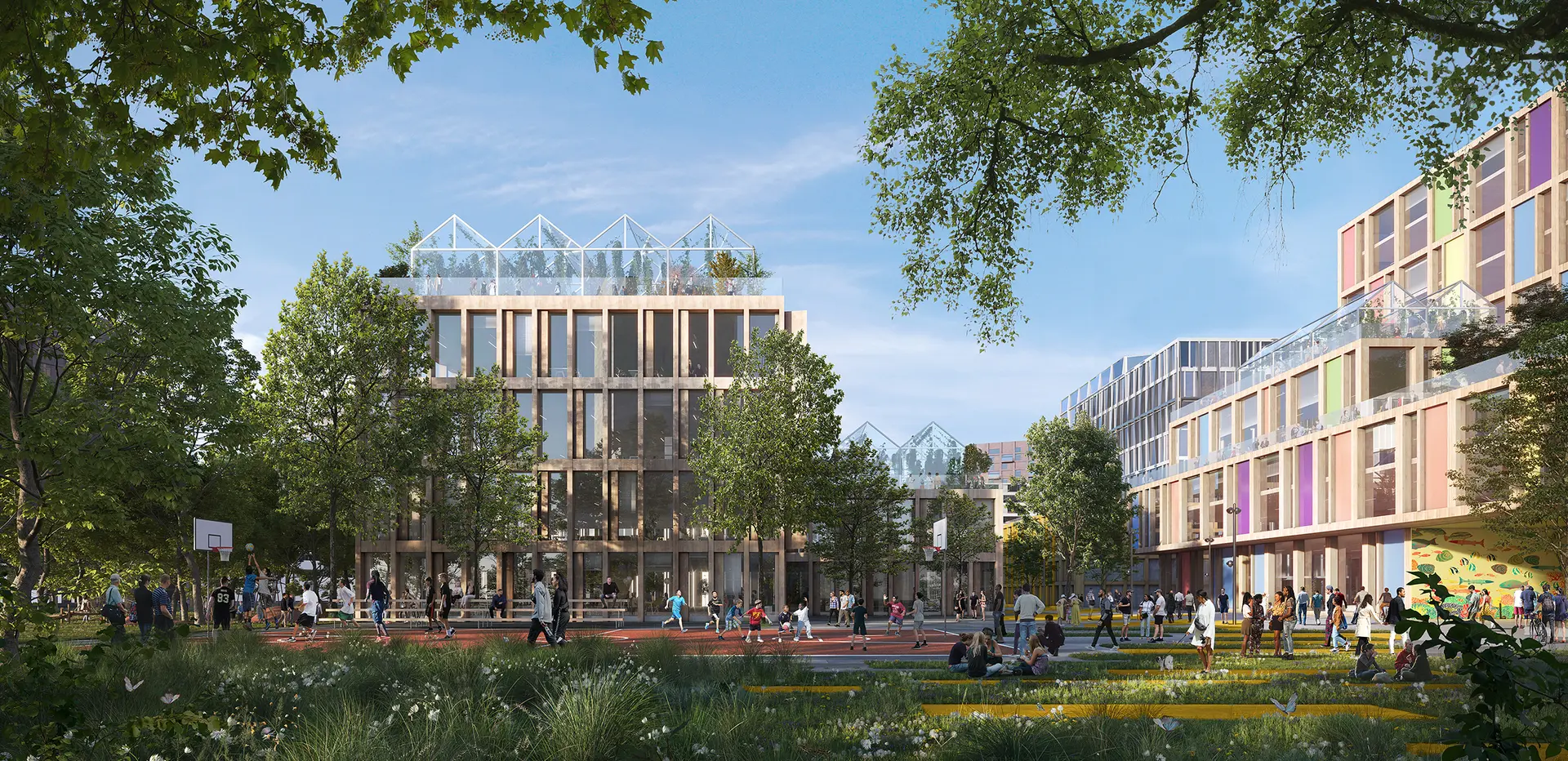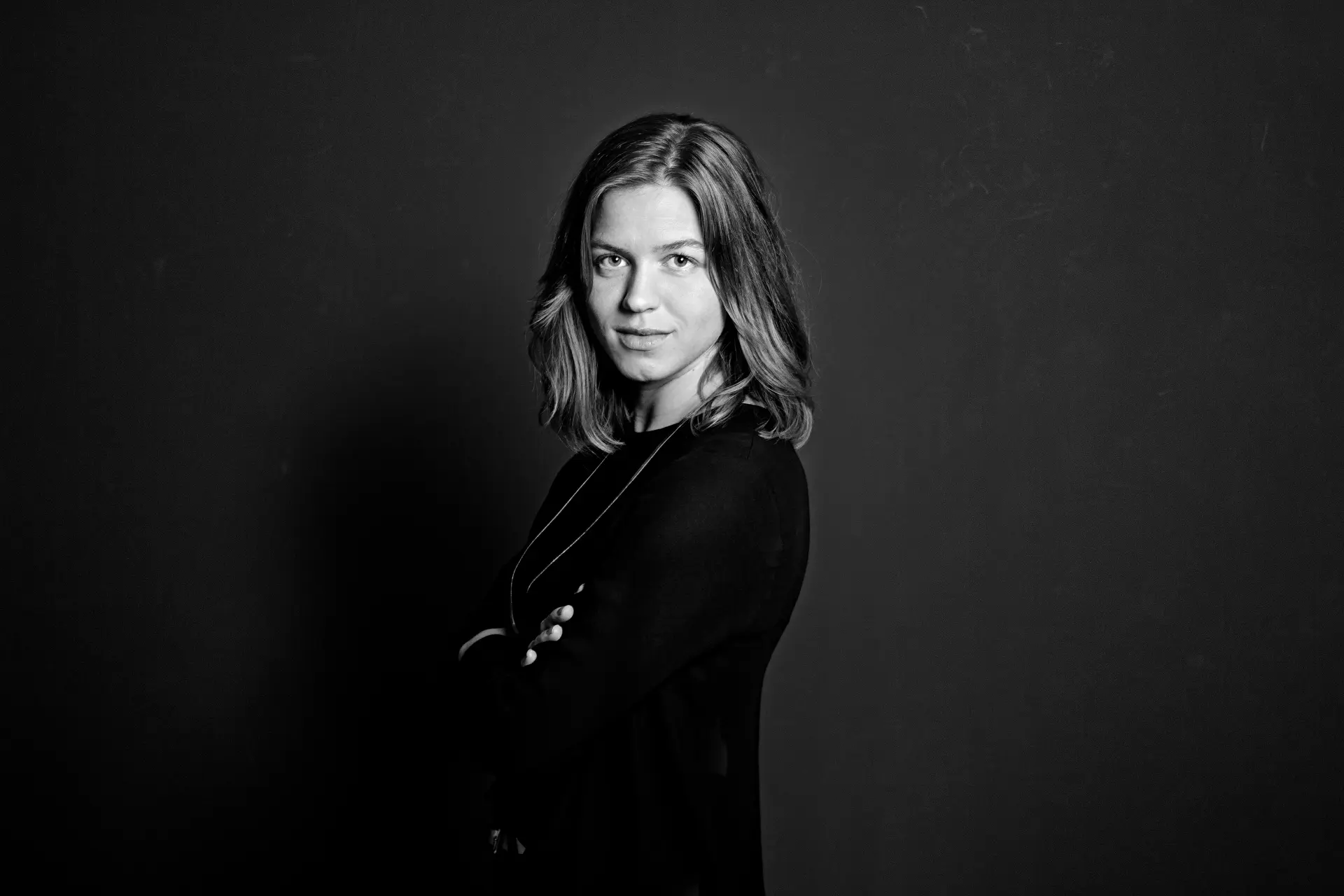
Reykjavik, Iceland
2023 - 2028
Kringlan
Rooted in Reykjavik’s unique identity, the new Kringlan neighborhood is envisioned as a vibrant green district with community at its core.
Project details
Kringlan’s redevelopment builds on its history, transforming a once fragmented area into a thriving new neighborhood.
Inspired by Reykjavik’s architectural identity and informed by the local climate, the design incorporates pitched roofs, irregular building forms, and carefully placed structures – balancing functionality and aesthetics. A revitalized printing house, repurposed as a cultural center, anchors the development, and adds character to the neighborhood. With its public plaza and pedestrian-focused layout, the project not only enhances mobility but also establishes Kringlan as a welcoming meeting point for both residents and visitors.

“Reykjavik’s identity is deeply tied to its connection with nature – with the Kringlan Neighborhood, we saw an opportunity to revive the Reykjavik garden heritage while creating spaces that foster everyday community life.”
Sofia Lundeholm
Associate Design Director, Urbanism

Cultural transformation
At the center of the project – and of the site – is a culture house, an old, repurposed newspaper building that embodies the area’s history. While the office part of the building is unsalvageable, the printing house provides an ideal foundation for partial transformation. Materials from the demolished parts of the building will be reused on site.
Positioned at the edge of a lively public plaza, the culture house becomes a gathering place for locals and visitors. Designed to be open and inviting, the building’s ground floor spills into the surrounding streetscape, where the plaza becomes a venue for both formal and informal gatherings. From seasonal markets, and outdoor performances to exhibitions, the programming flows between the culture house and open-air plaza, activating the neighborhood.



Landscape architecture
Establishing an urban garden
Inspired by the region’s wildflowers, bushes, and native trees, the design’s streetscape prioritizes plants that thrive in Iceland’s challenging climate. Narrow streets lined with greenery provide a buffer for residential areas, creating a balance between public and private spaces. While the streets themselves are designed as flexible social zones, accommodating everything from casual neighborly gatherings to larger public events like flea markets or Christmas fairs. Social zones feature robust, low-maintenance plantings that provide year-round greenery.
Central courtyards and raised gardens extend greenery deeper into the neighborhood. Featuring fruit trees, flowering bushes, and edible plants, the theme of shared resources and community are reinforced – reflective of Reykjavik’s historic gardens. Greenhouses allow residents to grow vegetables, host dinners, or organize events, blending utility with sociability. Wind and sun studies were conducted to inform the placement of both plantings and structures to ensure comfort in the courtyard areas in all seasons. Setbacks and irregularly placed buildings help to reduce wind exposure and noise, while maximizing natural light.

Next project
Downsview Framework Plan
Explore project
